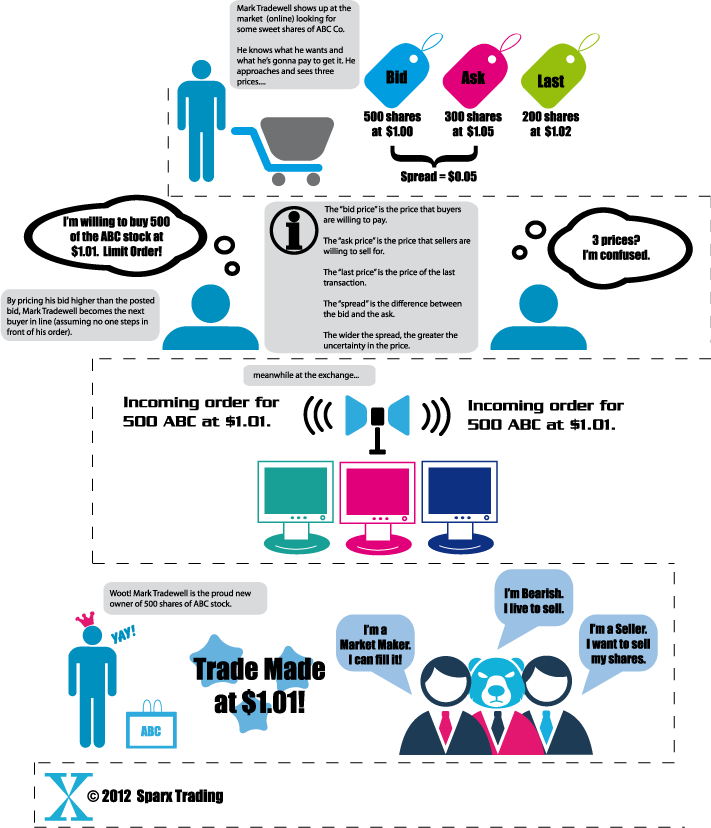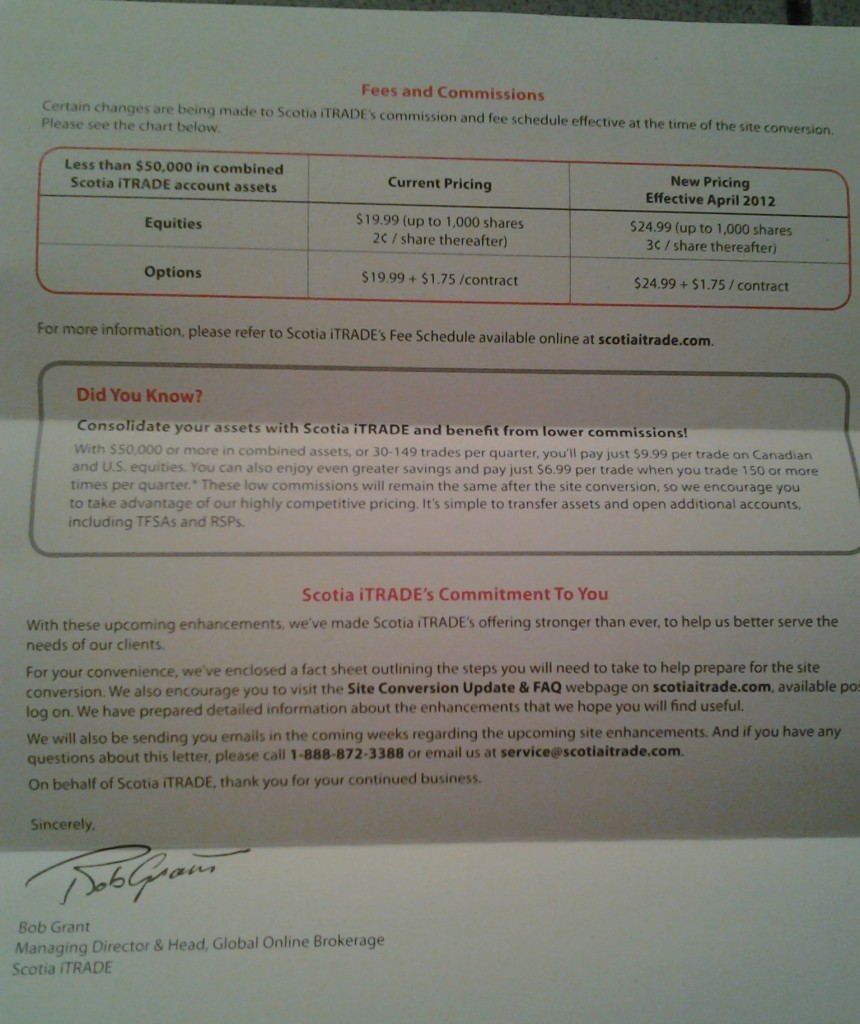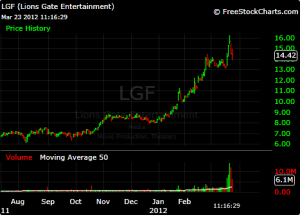Options Education Day is an annual series of events organized and hosted by the Montreal Exchange (part of the TMX Group) as part of their goal to better educate retail investors about options and derivatives products. While options and derivative products are more complex than your average stock, there has been an enormous growth in availability and interest in these types of investment products because of the versatility of strategies they offer investors. So, even though it takes some extra effort to learn them, there are many more potential strategies for creating wealth as well as preserving it that options offer investors.
There were three great speakers at the Vancouver stop on the Options Education Day: Jason Ayres, President of Learn to Trade Global and founder of optionsource.net; Joseph Burgoyne, director of institutional and retail marketing for the Options Industry Council and Patrick Ceresna, chief derivative market strategist for Learn to Trade Global. Click on the following links to see our interviews with Jason, Joseph and Patrick.
The event itself had workshops for “beginner” and “advanced” topics that provided information appropriate to the level of complexity investors were willing to dive into. The beginner sessions covered an “introduction to options trading” and “introduction to ETFs” whilst the more advanced sessions covered “advanced options spreads” and “getting to know the greeks and the impact of volatility”. A final workshop covered using options as a tool for creating a balanced portfolio.
Exhibitors at the event included Canadian discount brokerages such as Disnat Direct, Interactive Brokers, Jitneytrade, TD Waterhouse, Virtual Brokers and National Bank Direct Brokerage, as well options education firm Learn to Trade Global, and also the most awesome Canadian discount brokerage comparison company Sparx Trading (yes it is a shameless self-plug!). We had a chance to talk to lots of investors of all levels who were all there not only for the great food, but also to get a better understanding of options and how to use them in their investing and trading strategies.
Overall this is an excellent event for individuals who want to learn about options at a live event and also network with fellow investors. It was well-organized, the venue choice great and the cost was nominal and included materials, breakfast and lunch – a great deal for their price of $45. The conference organizers did a great job of preparing materials that attendees could use during the presentations and take with them after the sessions were done.
For those that could not attend in person, the Montreal Exchange also has a lot of the material that was covered at prior options education days in the education section on its website. Another excellent source of education materials for individuals looking to learn more about options is the Options Industry Council website available here.
Upcoming stops for the 2012 sessions of Options Education Day include Winnipeg (June 2), Montreal (September 8), Toronto (September 29), Calgary (October 20) and Edmonton (October 21). You can find out more details for these and other education events checking our events calendar here.




